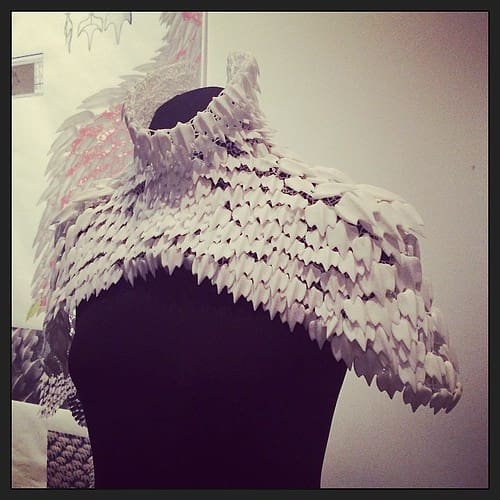The integration of 3D printing technology into the fashion industry is rapidly transforming the way garments and accessories are designed, produced, and distributed. This innovative approach not only challenges traditional manufacturing methods but also introduces a new era of customization, sustainability, and creativity in fashion. As designers, brands, and consumers increasingly embrace 3D printing, its impact is becoming more evident, offering a glimpse into the future of fashion.
The Emergence of 3D Printing in Fashion
3D printing, also known as additive manufacturing, entered the fashion scene in the early 2010s, making waves with high-profile runway showcases that featured 3D-printed garments and accessories. Designers such as Iris van Herpen and Francis Bitonti spearheaded the use of this technology, demonstrating its potential to create intricate, complex designs that are often impossible to achieve through traditional methods. The appeal of 3D printing in fashion lies in its ability to fuse artistry with technology, opening up limitless possibilities for customization and experimentation.

Advantages of 3D Printing in Fashion
Customization and Personalization: 3D printing offers unparalleled opportunities for customization at scale. Consumers can have input into the design of their clothing, leading to garments that fit perfectly and align with individual style preferences. This level of personalization is changing consumer expectations and pushing designers to think more about adaptable, client-focused designs.
Sustainability and Waste Reduction: Traditional fashion production methods are known for their waste, consuming vast amounts of water and materials. 3D printing addresses these issues by using only the amount of material needed, layer by layer, to create a garment or accessory, significantly reducing waste. Moreover, many 3D printed designs use recyclable or biodegradable materials, aligning with growing consumer demand for sustainable products.
Speed and Innovation: The fashion industry is notoriously fast-paced, with brands striving to bring new designs to market quickly. 3D printing accelerates the design process by enabling rapid prototyping. Designers can test and refine designs without the lengthy timelines associated with traditional prototyping methods.
Key Applications of 3D Printing in Fashion
High Fashion: 3D printing has become a tool for avant-garde design in high fashion. Designers like Iris van Herpen have utilized the technology to create stunning, sculptural pieces that are as much art as they are apparel. These works push the boundaries of fashion, offering new ways to explore the relationship between body and fabric.
Sportswear: Major sportswear brands are adopting 3D printing to enhance performance wear. Adidas, for instance, uses 3D printing to create soles for sneakers that are optimized for individual performance needs. This application shows how 3D printing can be used not just for aesthetics but also for functional improvements.
Accessories: From custom-fit footwear to bespoke jewelry, 3D printing allows for intricate and precise accessory designs. The technology has been particularly impactful in the jewelry sector, where traditional techniques can be limiting. Designers can experiment with complex, delicate designs that would be difficult or impossible to realize by hand.
Mass Customization: Beyond high fashion and bespoke luxury items, 3D printing holds the potential for mass customization in mainstream retail. This approach could redefine consumer expectations and retail experiences, with customers co-designing their wardrobes as part of the shopping experience.

Challenges and Future Directions
Despite its promising applications, 3D printing in fashion faces several challenges. Material limitations, such as the need for more varied and comfortable textiles that can compete with traditional fabrics, remain a significant barrier. Additionally, the speed and cost of 3D printing need improvement before it can compete on scale with conventional textile manufacturing.
Looking forward, advancements in material science and 3D printing technology are likely to address these challenges. As the technology evolves, it could become more commonplace in everyday fashion, potentially leading to a significant reduction in fashion waste and a shift towards more sustainable manufacturing practices.
3D printing is poised to continue its transformative impact on the fashion industry. As designers and brands explore its potential, they are not only redefining the boundaries of what is possible in fashion design but also how clothes are produced and consumed. Embracing 3D printing could lead to a more sustainable, creative, and consumer-centric fashion industry. The journey of 3D printing in fashion is just beginning, and its full impact remains to be seen as the technology matures and becomes more integrated into mainstream fashion production.








